Great Myths and Legends Lecture Series
Amazonian warrior women, Genghis Khan, even King Midas and his golden touch — all have their moment in the spotlight with the Penn Museum's popular Great Myths and Legends evening lecture series, featuring leading scholars from the Penn Museum, the University of Pennsylvania, and beyond. Lectures occured between October 2015 and June 2016.
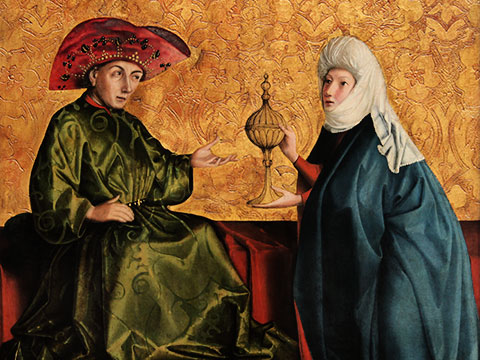
Length: 39:17
The Queen of Sheba in History and Legend
Best known from the Bible's account of her marriage to the wise king Solomon, the Queen of Sheba has attracted the curiosity of Jews, Christians, and Muslims for millennia. The lecture traces tales about her from Israel to Ethiopia, and explores how ...
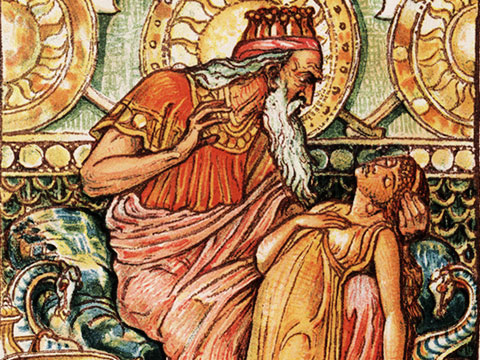
Length: 51:09
The Golden Age of King Midas
Midas was indisputably the most famous ruler of the Phrygian kingdom in central Turkey, and his Golden Touch made him an especially favorite subject in Greek legend. His first monumental project as king was a colossal tomb for his father (ca. 740 BCE...
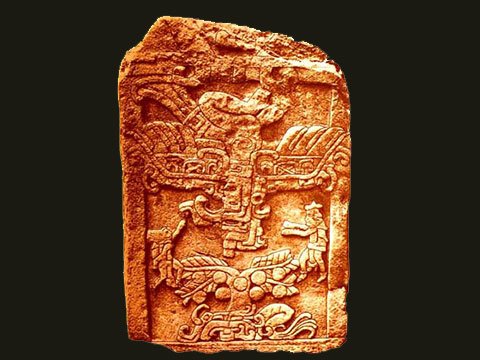
Length: 1:05:41
Hero Twins of the Americas: Myths of Origin, Duality, and Vengeance
Myths concerning the “hero twins” are widespread from Canada to South America. In the archetypal Maya myth, a pair of twin brothers battle with a range of monsters and death deities as they seek to make the world safe for humankind. Instead of de...
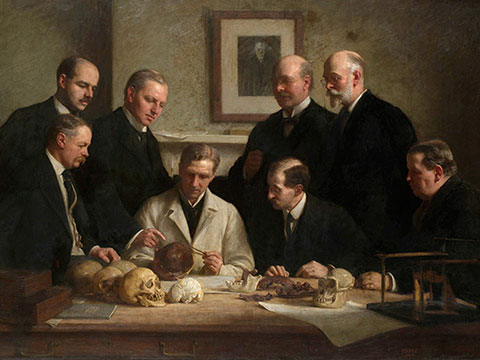
Length: 1:04:24
Great Myths and Legends:The Piltdown Fossil Forgery and the Search for the “First Englishman”
In the early 20th century, hominid fossils were unearthed all over the mainland continent of Europe—but not a single fossil representing human evolution was found in Great Britain. The Piltdown fossil hoax was perpetrated by a forger who altered th...
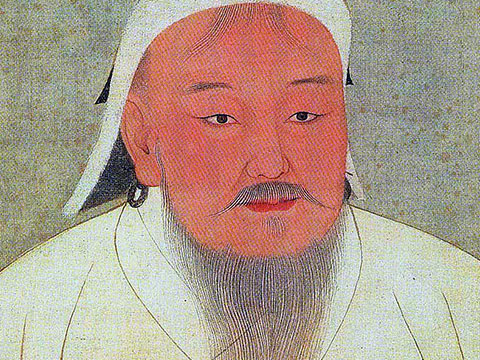
Length: 50:22
Great Myths and Legends: Genghis Khan: Barbarian Conqueror or Harbinger of Democracy
Dr. Morris Rossabi, Senior Research Scholar, Department of East Asian Languages and Cultures, Columbia University The world has generally viewed Genghis Khan as a barbaric conqueror whose troops raped and murdered hundreds of thousands, if not mil...
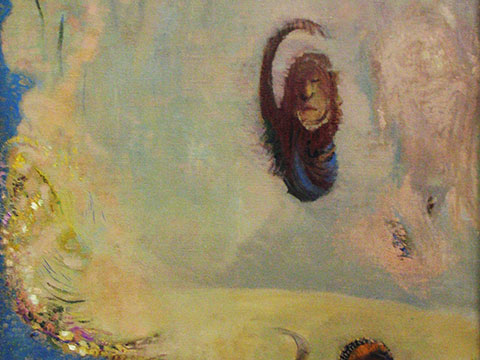
Length: 45:57
Great Myths and Legends: Adapa the Sage: Flood, Myth and Magic in early Mesopotamia
Thousands of years ago, scholar-priests in ancient Sumer told a tale about a man who lived long before them, a tale of Adapa, who was so clever that his magic could disable the winds, and who travelled to heaven to meet the gods. Recently published t...
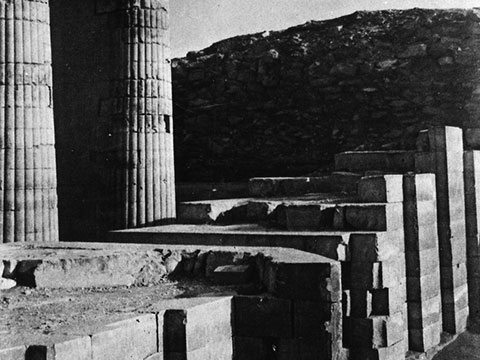
Length: 55:41
Great Myths and Legends: Imhotep: From Architect to Deity to Villain
The historical figure Imhotep designed the remarkable Step Pyramid complex at Saqqara built during the reign of King Djoser (circa 2687–2668 BCE). After his death, Imhotep was regarded as a great sage and was later deified one of the few human bein...
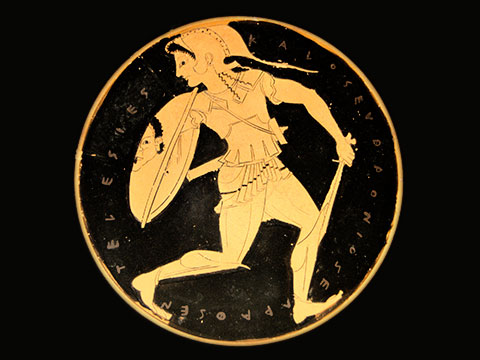
Length: 59:30
Great Myths and Legends: Warrior Women: Amazons and the Greek Imagination
This lecture considers the Amazons in Greek legend and art. Who were these warrior women and why did they remain a source of curiosity, wonder and fear in the Greek imagination? Dr. Jeremy McInerney, Professor of Classical Studies, University of Pe...
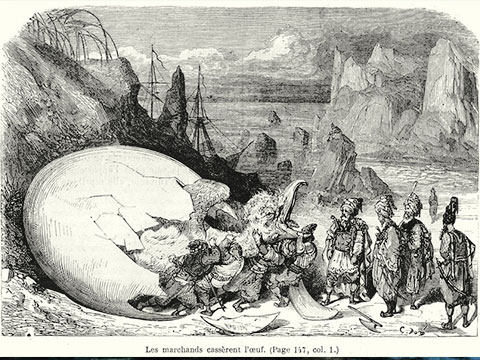
Length: 48:39
Great Myths and Legends: The Arabian Nights: Medieval Fantasy and Modern Forgery
The Arabian Nights is probably the medieval Arabic book best known in the west, full of ripping yarns and vivid characters that have influenced film, music, and literature for centuries. But did you know that some of its most cherished tales, such as...

